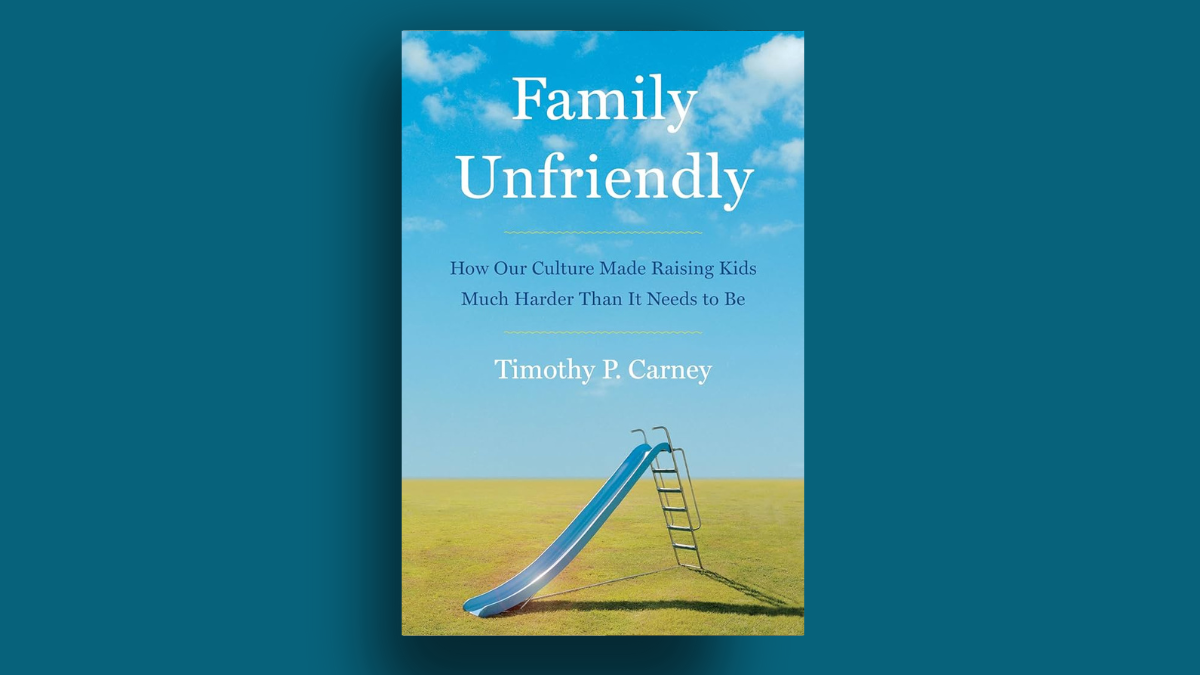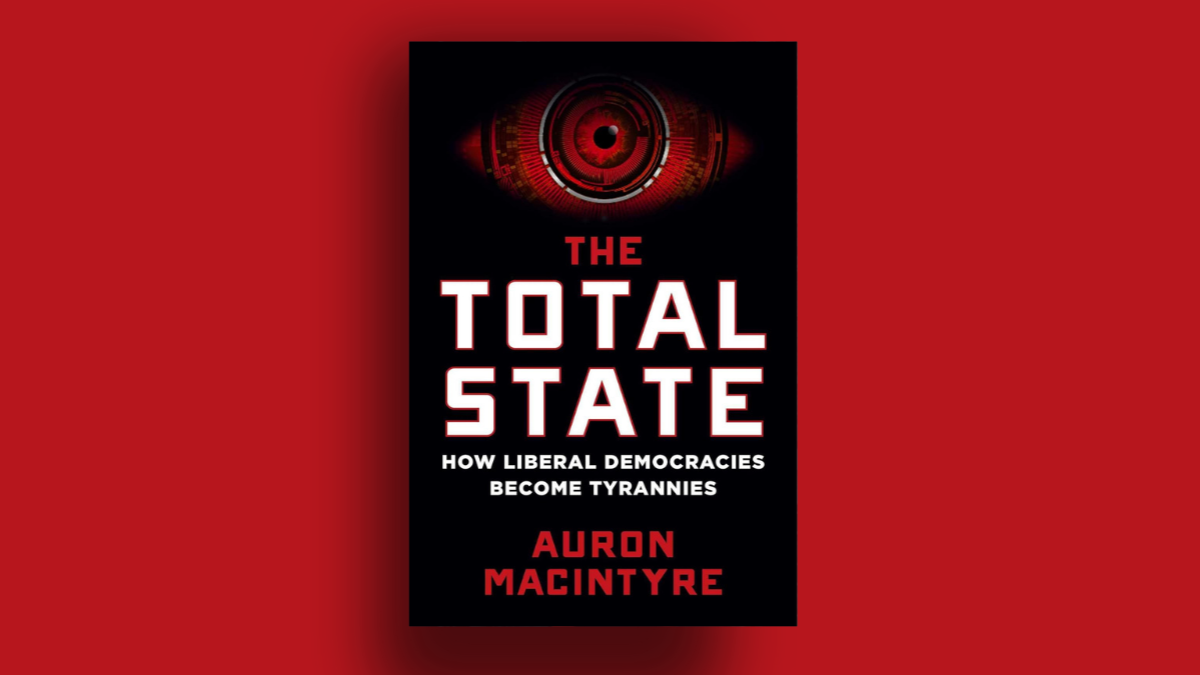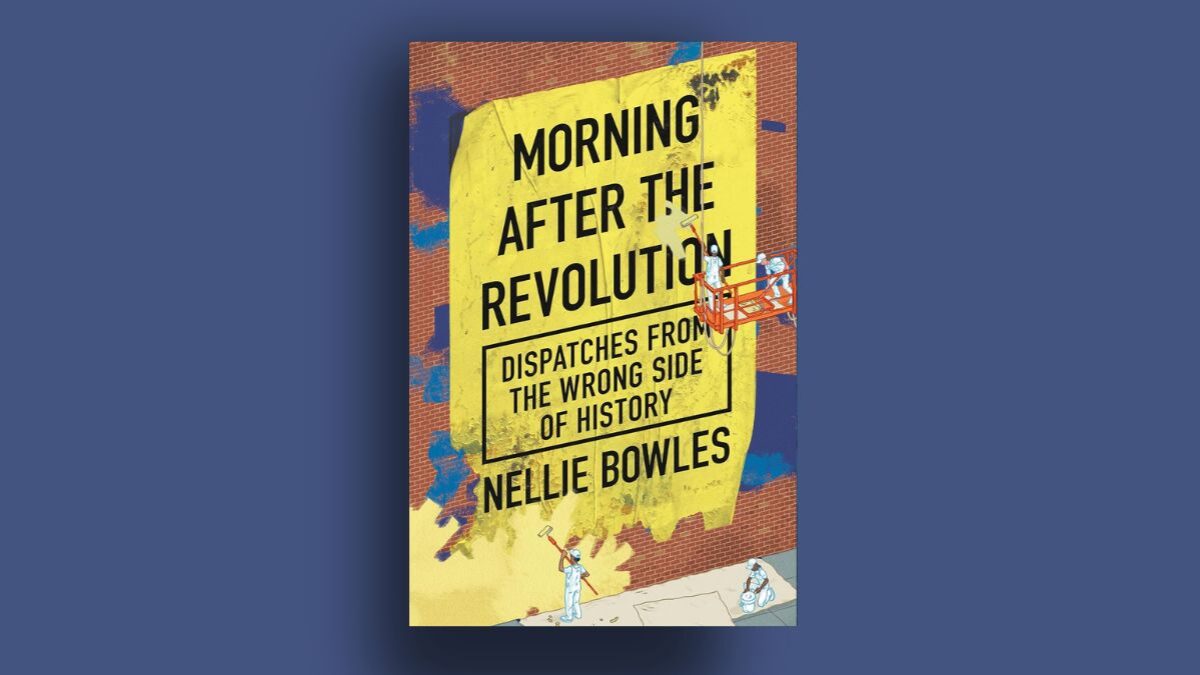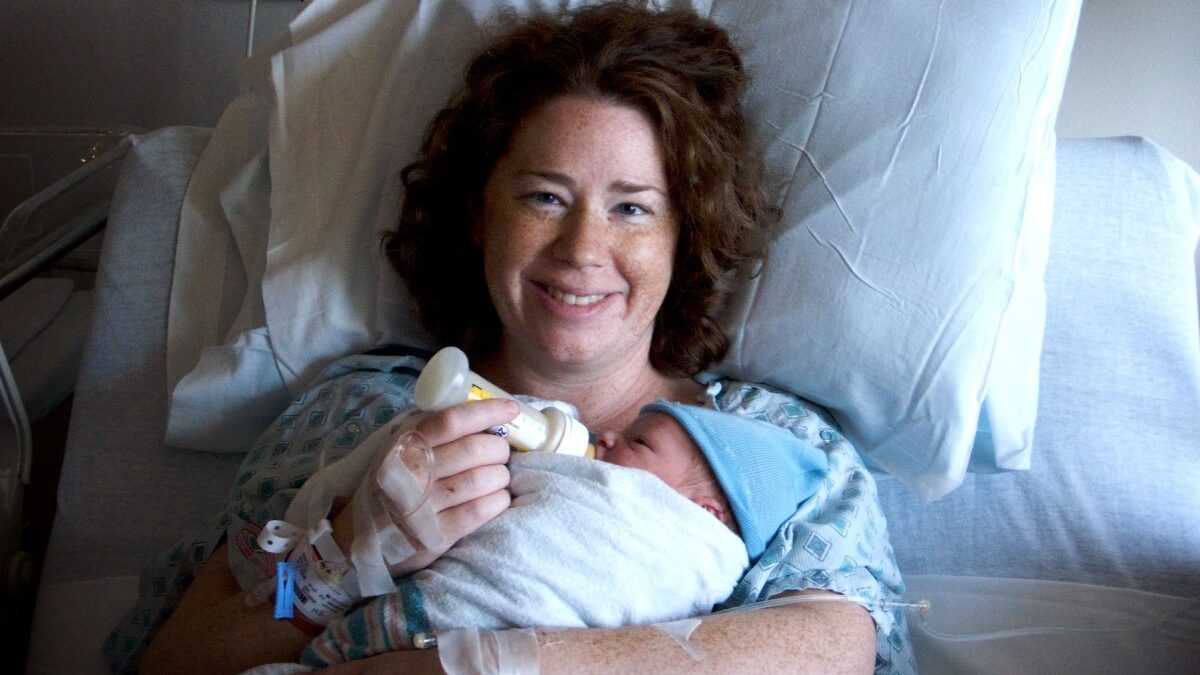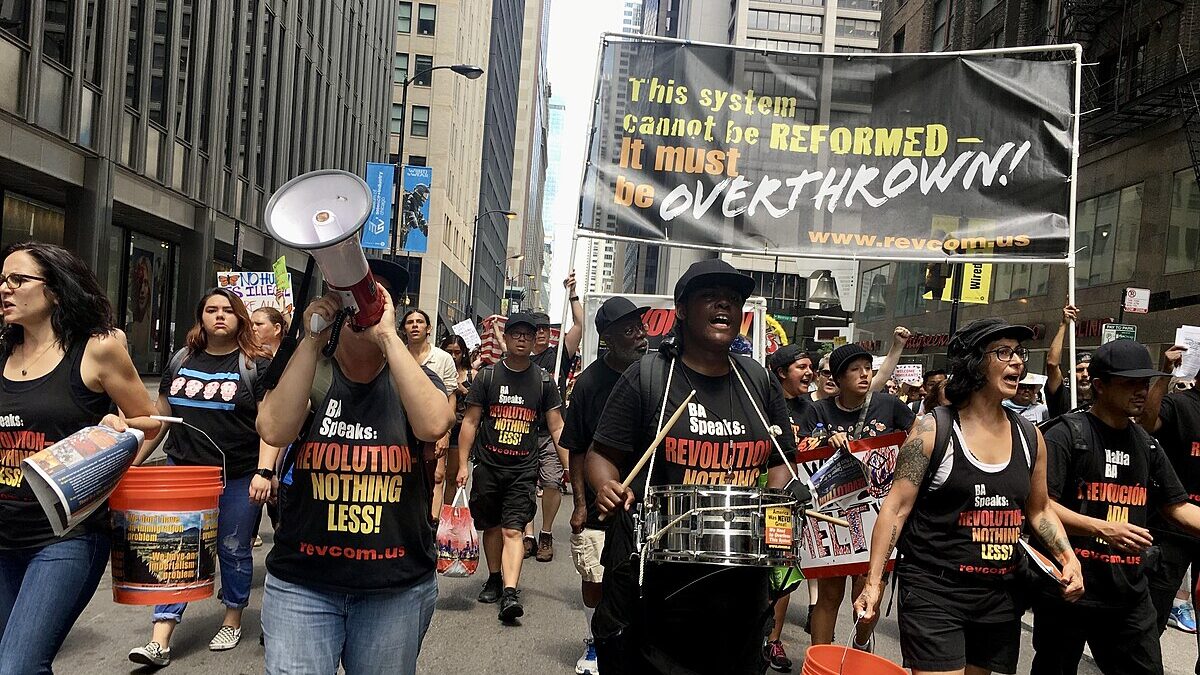Back in December, a viral video series on TikTok celebrated the DINK (dual-income, no kids) lifestyle, glorying in their ability to take European vacations, go crazy with bulk purchases at Costco, and splurge on their pets. At first, I thought it was a joke, though as Federalist Executive Editor Joy Pullmann helped me understand, these unabashedly materialist young American couples were quite serious. They really believed the freedoms they enjoyed sans children were a superior form of life to the supposed drudgery that defines the lives of us hapless parents.
Author and American Enterprise Institute Senior Fellow Timothy P. Carney, a happy father of six, does not view children as an obstacle to human happiness, but rather the means of achieving it, both for individuals and society at large. Yet, as he argues quite persuasively in Family Unfriendly: How Our Culture Made Raising Kids Much Harder Than It Needs to Be, much of the reason for our nation’s declining birth rates has to do with various trends that discourage couples from having some (or more) children. And though Carney’s arguments are data-driven and quite convincing, I couldn’t help thinking about the popularity of the DINK lifestyle.
Our Baby Bust Is a Perplexing Puzzle
Carney does an excellent job of exposing the confounding contradictions of America’s relationship to our progeny. He notes that Americans are having fewer children (below 1.7 per couple) than we actually believe to be the ideal (2.7). There’s also this paradox: When compared to the fathers of the 1970s, the dads of today are far more involved in their children’s lives — yet, amazingly, mothers’ weekly parenting loads since that time have increased by about 50 percent. Carney also blows a hole in the claim that “kids are too expensive” by observing that wealthy Americans are just as likely as middle-class parents to have few children.
The post-2007 “baby bust” is thus, in Carney’s estimation, not one driven primarily by financial factors, but cultural ones. “Our culture is increasingly hostile to family formation,” he writes. And this cultural antagonism manifests itself in many forms. Travel sports, which require massive parental commitments, is one such phenomenon that discourages more children (its hyper-specialization is also causing higher numbers of injuries for youth athletes). Overlapping with this is “car hell,” what Carney calls those soul-crushing hours parents spend driving their children from one activity to another. Social media in turn presents parenting as terrible and difficult (a la those aforementioned DINK videos). The design of our communities, meanwhile, makes it difficult for children to independently travel to school or other activities.
The prevalence of helicopter parenting, which exhausts parents, also discourages larger families. As authors Greg Lukianoff and Jonathan Haidt argue in The Coddling of the American Mind, protective parents are so terrified of screwing up their kids that they are refusing them the freedom to figure out life for themselves. Yet as ample data proves, many fears, such as abductions or sickness — including the national overreaction to Covid — are incredibly disproportionate to the actual threat. Nor can we overlook the role of screens, distracting younger generations from family life, while directly undermining human sexuality vis-a-vis pornography addiction. Dating apps, alternatively, engender an unattainable perfectionism.
Reversing the Baby Bust
Much to Carney’s credit, Family Unfriendly does not lack recommended solutions to our paucity of progeny. Instead of communities unnavigable for children, he encourages the idea of the “fifteen-minute city,” in which schools, playgrounds, and corner stores are a fifteen-minute walk from home. He urges the federal government to sell off a small portion of its landholdings so developers can build homes to solve the housing crisis. He calls on cities and counties to repeal the outlaw of granny flats in order for owners of single-family lots to make rental revenue.
Employers need to pitch in, too, by ensuring health insurance premiums don’t go up for larger families, allowing employees to take their paid parental leave at any point during the child’s first 18 years. They could also offer bonuses to every employee who is expecting or adopting, or, more controversially, purposefully pay breadwinner parents more money.
Government can support families by rewarding parents with higher Social Security benefits and reforming the tax code to benefit married, child-rearing adults by abolishing married penalties in the Earned Income Tax Credit and Child Tax Credit. We can learn a lesson from France, which has a higher birth rate than many other European countries, in large part because it subsidizes mothers, through birth bonuses and monthly allowances, which studies have shown is more effective than subsidizing daycare. Deregulation of labor laws and occupation licensing laws would also help stay-at-home parents generate supplemental income for their families.
Even religious institutions have a part to play. Carney argues that churches and synagogues can do more to encourage families to have kids through material aid, such as by offering free “baby boxes.” Given that it’s much more likely for churches to win new members through families than through evangelism efforts, their increased involvement seems an obvious win.
The Baby Bust Problem Is Much Deeper
Yet even the most aggressive campaigns to encourage more children have had limited positive results, as demographer Lyman Stone has persuasively shown. Carney understands this, and that overcoming our national aversion to children would require a dramatic cultural shift. This is so, even if everyone knows that fewer babies translates into fewer workers, which translates into fewer people to pay for all those expensive entitlements (e.g. Social Security, Medicare, etc.), which translates into “an economy with higher prices, more scarcity, longer wait times, and ultimately lower quality of life.” A childless future, even our professional class knows, is an economically fraught one.
Unfortunately, among young professionals, children are seen as an obstacle to autonomy and freedom. The normalization of contraception has enabled us to separate sex from children, minimized differences between men and women, and inoculated us from uncertainty. Fears of environmental catastrophe have led many to opine (however absurdly) that it is unjust to bring children into such a dangerous world. And a growing guilt over America, evidenced in claims that our country since its origins has been systemically racist, misogynist, and colonialist, enervates many Americans’ desire to pass on their genes. With such self-hatred over our national history and identity, what’s there to pass on?
Because of this, we have what Carney calls a “civilizational sadness,” compounded by a calamitous exodus of young Americans from religious institutions that for previous generations had given citizens a sense of purpose, comfort, and community. What has filled that void is a therapeutic, narcissistic, “create your own adventure” lifestyle of autonomy, self-exploration, and aversion to pain. And yet, curiously, that same cohort is lonelier and more miserable than any previous generation.
Thus we return to the DINKS. For even the most extensive, evidence-based solutions to our childless crisis ultimately collide with a demographic, growing in number, who reject parenthood not because it is too expensive, nor because their communities are not sufficiently family-friendly, nor because they require more pro-natal benefits, but because they have no interest in kids. It doesn’t matter that research demonstrates that married adults with children are happier than the childless. It doesn’t matter that children, in all the sacrifices and suffering they require, will unquestionably make us better people.
What matters, in the end, is that children used to be not only a given for the vast majority of people but a necessity for those whose lives were defined by an agricultural lifestyle always in need of more hands. Trends begun by industrialization and urbanization were then accelerated by advances in chemical research and the effective marketing of a little pill in the 1960s that changed sexual relations forever. Because of the ubiquity of easily accessible, reasonably affordable contraception, no one needs to worry about having a family, be it large or small. We may give reasons that seem at least reasonably defensible (e.g. financial insecurity) or patently risible (e.g. the “glamorous DINK lifestyle”). Either way, this represents the most serious challenge for Carney and all those who love and celebrate big families.
One would think it would be easy to persuade young adults to abandon “Costco pizza night” in favor of bringing new life into the world, pursuing an adventure that, while terribly taxing, is also incredibly exciting and rewarding. And yet. Either that pizza truly is incredible, or we’re dealing with a culture so morally impoverished, so truly blinkered by self-worship and self-protection, it’s unclear what, if anything, could rouse them from their dogmatic slumber.
